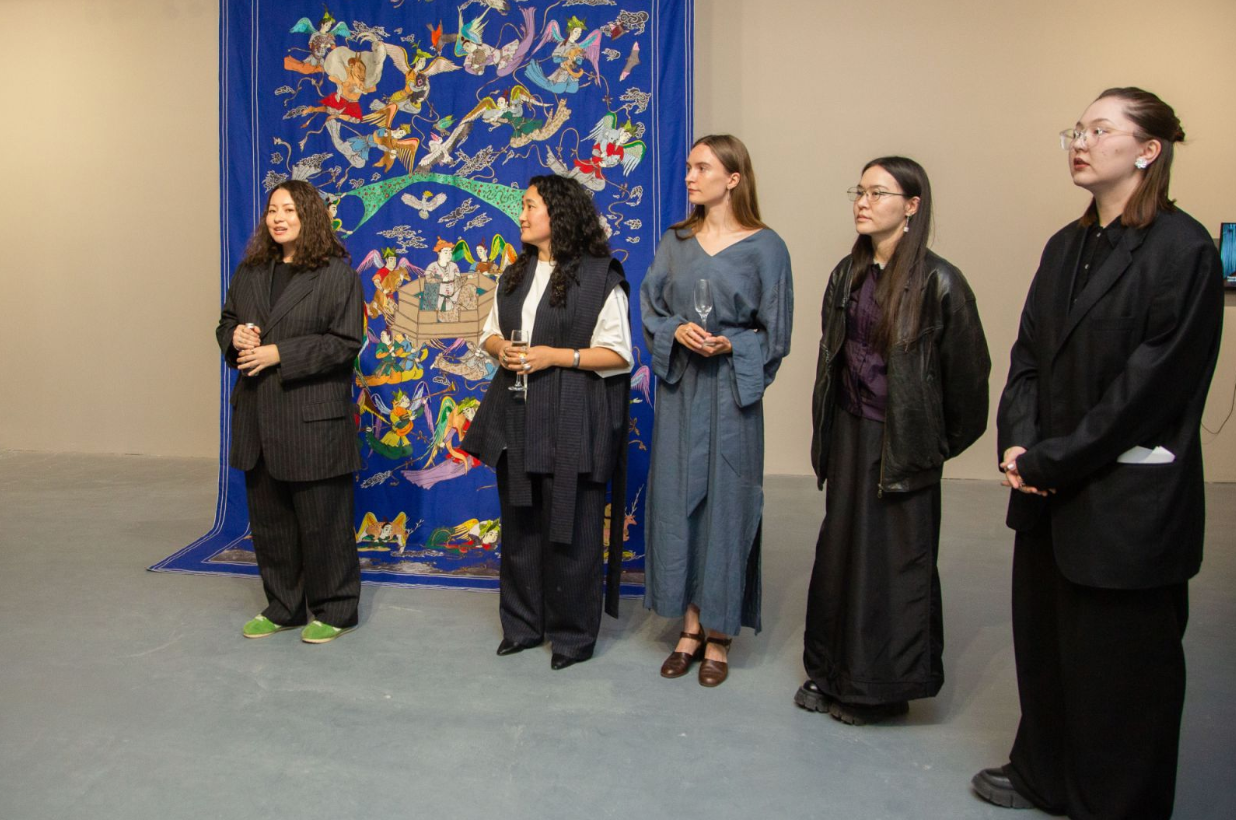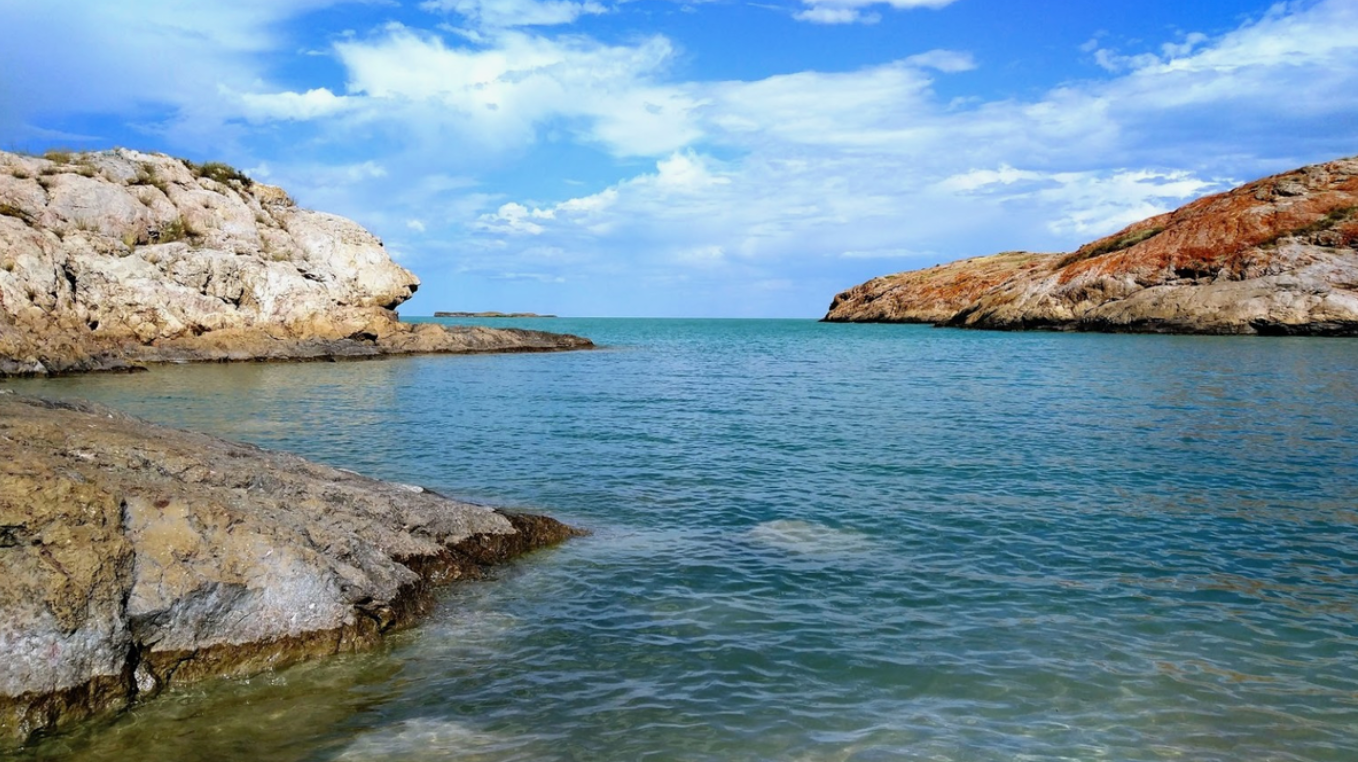Dying waters: how artists are fighting to save lake in Kazakhstan
In the heart of Central Asia, Lake Balkhash is slowly disappearing. This vast and vital body of water, once a symbol of resilience, now stands on the brink of ecological collapse. Over-extraction, pollution, and climate change have conspired to place Balkhash on an irreversible path toward devastation. Yet, amid the grim forecasts, a group of artists and activists have taken it upon themselves to fight for the lake’s survival. Their initiative, Balqashqa Qamqor — Care for Balkhash, seeks to use art as a tool for environmental advocacy, bringing scientific data, cultural narratives, and emotional engagement into a single, urgent dialogue.
One of the most prominent examples is the plight of Lake Balkhash, one of Asia’s largest lakes, which is at risk of shrinking due to excessive water extraction and pollution from nearby industries. Environmental activists and artists have joined forces to spotlight this issue, using contemporary art as a medium to communicate the urgency of the crisis.
According to a 2012 McKinsey report, Lake Balkhash could lose more than 86% of its water by 2045. The primary culprit? The Ili River, Balkhash’s lifeline, is being drained at an unsustainable rate, with nearly 80% of its water diverted to agriculture—much of it lost due to outdated irrigation systems. Meanwhile, unchecked industrial activity has turned parts of the lake into a toxic basin, with high concentrations of heavy metals, including copper, seeping in from both local mining operations and upstream Chinese industrial zones. Experts warn that if current trends continue, Balkhash could split into two, with its eastern half drying out completely.
Despite the lake’s environmental and geopolitical significance—stretching across four Kazakh regions and serving as a vital water source for surrounding communities—state intervention has been slow. Public discourse remains largely muted, overshadowed by larger climate issues in the region. This is precisely where Balqashqa Qamqor steps in, using art as a catalyst for awareness, policy change, and collective action.
Founded in 2020 by the Artcom Platform, Balqashqa Qamqor is spearheaded by four artists: Aigerim Kapar, Aigerim Ospan, Antonina van Lier, and Karlygash Akhmetbek. With backgrounds spanning visual arts, environmental activism, and community engagement, they approach the lake’s crisis through a multidisciplinary lens. “We want to remind people that Balkhash is not just a geographic entity but a living being, ” says Akhmetbek.
One of their most striking projects, Art Collider Balkhash x Almaty, merges science and storytelling, using digital media, sculpture, and performance to illustrate the lake’s fragile state. Meanwhile, their 2024 exhibition, Weaving Climate, Waters, and Communities, hosted at Aspan Gallery, showcased works from international and Kazakh artists, transforming the gallery space into a platform for ecological discourse. Artists like Almagul Menlibayeva and Jatiwangi Art Factory employed digital textiles and interactive installations to visualize the lake’s decline, making the crisis both tangible and emotionally resonant.
In 2024, Aspan Gallery presented an exhibition titled "Interweaving Climate, Water, and Communities," which explored the environmental and cultural dynamics of Lake Balkhash. This exhibition served as a key milestone in the broader project, transforming the gallery into a space for critical discussions on ecological challenges.

International collaborations have also played a crucial role. Art collectives from Europe and Asia have partnered with Kazakh artists to organize exhibitions, film screenings, and panel discussions focused on water conservation. Social media campaigns and digital art projects have further amplified the message, ensuring that the issue reaches a wider audience beyond Kazakhstan.

Lake Balkhash
Despite the challenges, there are glimmers of hope. Public engagement through art has led to increased discussions about government policies, corporate accountability, and sustainable water management practices. Some initiatives have resulted in small-scale conservation efforts, such as local clean-up campaigns and tree-planting projects around the lake.
The intersection of art and activism continues to be a powerful force in environmental movements worldwide, and Kazakhstan’s artists are proving that creativity can drive real change. As Lake Balkhash teeters on the edge of ecological disaster, their voices serve as a reminder that urgent action is needed to protect the country’s natural heritage before it is too late.
Author of the text: journalist and art critic Anna Tolstova
